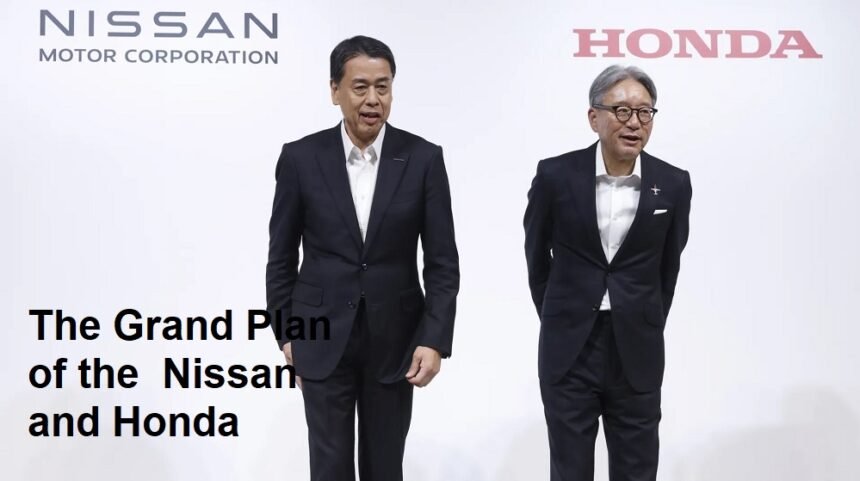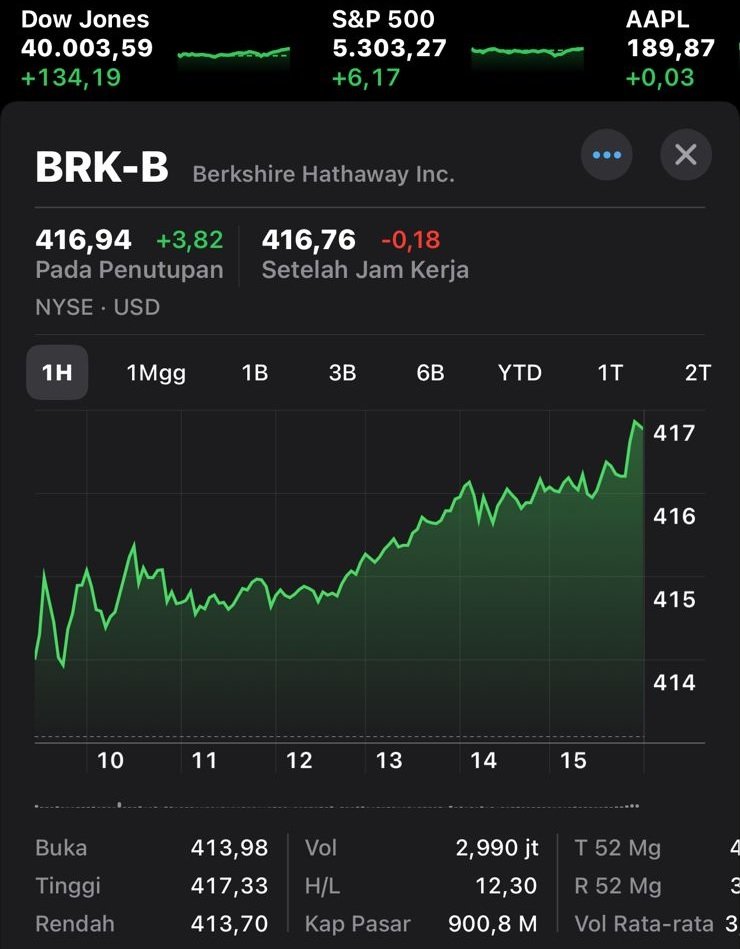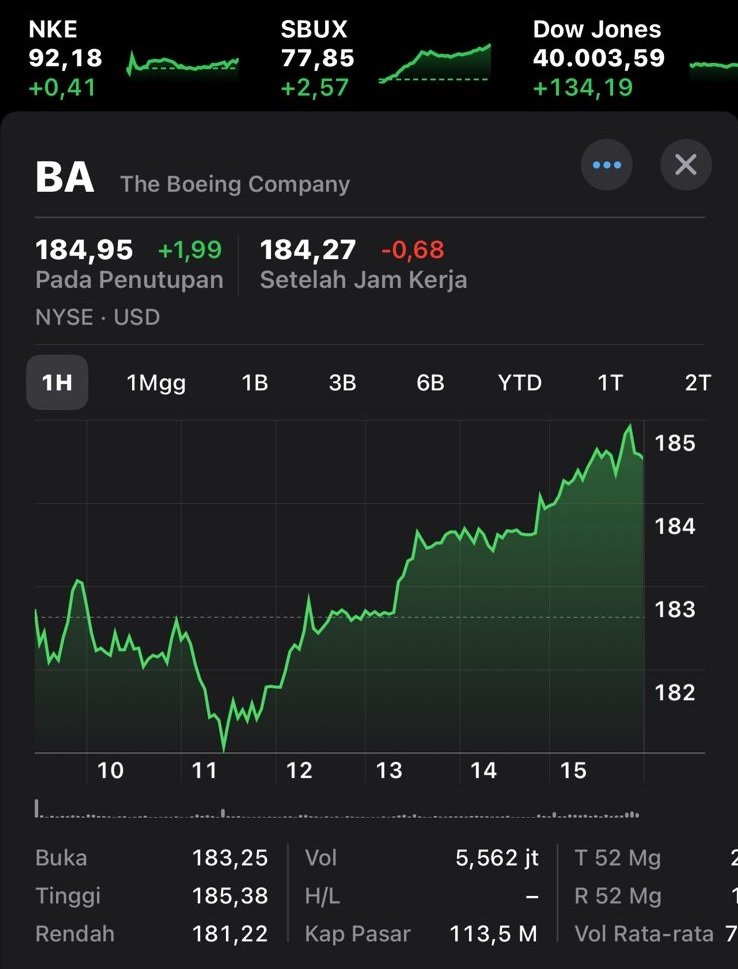The global automotive industry is experiencing unprecedented shifts as manufacturers adopt new technologies, explore sustainability, and address market demands for innovation. Among the most significant developments could be the potential merger of two of Japan’s most iconic automobile brands: Nissan and Honda. While rumors have been circulating for some time about the possibility of these automotive giants coming together, the discussion has gained even more traction in recent months. A merger between Nissan and Honda would create a formidable global force, combining their strengths, resources, and technologies to tackle the challenges of the future.
This is Nissan-Honda’s grand plan.
Economic and Competitive Pressures, The automotive industry is in the midst of a transformative phase, with shifts towards electric vehicles (EVs), autonomous driving technologies, and more stringent environmental regulations. Both Nissan and Honda face significant economic pressures, including high R&D costs, the need for investment in next-generation technologies, and intense competition from new players in the market, particularly electric vehicle manufacturers such as Tesla.
By merging, the two companies could reduce operational redundancies, pool resources, and share research and development costs. This would allow them to compete more effectively with global giants like Volkswagen, Toyota, and emerging EV companies, especially as the demand for electric vehicles and sustainable transportation solutions grows.
Synergy in Research and Development, One of the most attractive aspects of a Nissan-Honda merger is the potential for synergy in research and development (R&D). Both companies have strong engineering teams and are heavily investing in electric mobility, autonomous driving, and smart technologies. A merger would allow Nissan and Honda to collaborate on these projects, share technology, and accelerate innovation.
For example, Nissan’s leadership in electric vehicle technology with its Nissan LEAF could be combined with Honda’s expertise in hydrogen fuel-cell technology. Together, they could develop a more diverse and robust portfolio of electric and hybrid vehicles, better positioning themselves in the competitive race for clean and sustainable transportation solutions.
Manufacturing and Production Efficiency, Another key benefit of a merger would be the optimization of manufacturing and production processes. Both Nissan and Honda have extensive manufacturing facilities around the world, and a merger could help streamline operations, reduce costs, and achieve economies of scale. By consolidating their supply chains, procurement processes, and production lines, the two companies could boost their profitability while maintaining high-quality standards.
Global Market Expansion, Nissan and Honda both have a significant presence in key global markets, including North America, Europe, and Asia. However, they each have different strengths and market shares in these regions. A merger would allow them to expand their reach and better compete in emerging markets, especially in countries like China and India, where demand for automobiles continues to rise. Additionally, their combined marketing strategies and distribution networks could help them establish a stronger foothold in regions where they have limited presence.
Every plan made will surely not be free from the potential challenges that will arise.
Cultural Differences, One of the major challenges in any corporate merger is the alignment of company cultures. Nissan and Honda, while both being Japanese companies, have distinct corporate cultures and management styles. Nissan has been known for its more globalized approach, especially following its alliance with Renault, while Honda has traditionally focused on independence and innovation within its own structure.
Overcoming these cultural differences would be crucial for the success of a merger. If managed poorly, these differences could lead to internal conflicts, hinder collaboration, and affect overall performance. However, with careful integration strategies and a shared vision for the future, these challenges can be mitigated.
Brand Identity, Both Nissan and Honda have established strong, recognizable brand identities. Nissan is known for its performance-oriented vehicles like the Z-series and the GT-R, as well as its leadership in electric mobility with the Nissan LEAF. Honda, on the other hand, has a reputation for reliability, efficiency, and innovation, with its iconic Civic and Accord models and cutting-edge motorcycle technology.
A merger could lead to questions about brand positioning and how both companies will retain their unique identities while collaborating. Striking a balance between maintaining strong individual brands and leveraging the power of a unified entity will be critical.
Regulatory Approval, A merger of this magnitude would require approval from various regulatory bodies, including antitrust regulators in multiple countries. Since the merger of two of Japan’s largest automakers would create a massive industry player, regulators would need to ensure that the deal does not create unfair competition or harm consumers.
Additionally, given the global nature of the automotive market, the companies would need to navigate the complex regulatory environments in each region where they operate, ensuring that the merger complies with all necessary laws and guidelines.
If Nissan and Honda successfully merge, they could chart a bold course for the future of mobility. Some of the key areas where the merger could focus include:
Electric and Autonomous Vehicles: The merger would allow for accelerated development of electric and self-driving vehicles, with combined investments in R&D to create cutting-edge technologies in these areas. The two companies could lead the way in building a more sustainable and autonomous automotive future.
Smart Mobility Solutions: With growing interest in mobility-as-a-service (MaaS) and connected vehicle technologies, a Nissan-Honda merger could bring innovative mobility solutions to consumers, such as ride-sharing, connected services, and advanced infotainment systems.
Sustainability Initiatives: Both companies have committed to reducing their carbon footprints and adopting more sustainable manufacturing practices. Together, they could establish ambitious environmental goals and pursue new technologies to create greener, more eco-friendly vehicles.
A merger between Nissan and Honda could reshape the global automotive landscape, combining two powerhouse brands to compete more effectively in an increasingly competitive market. While there are challenges to overcome, such as cultural differences and regulatory hurdles, the potential benefits in terms of cost savings, technological innovation, and market expansion make this merger a strategic move that could position the companies for long-term success in the evolving automotive industry. As the world moves toward electric and autonomous driving, a collaboration between these two industry giants may prove to be a game-changer.













